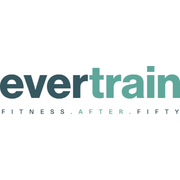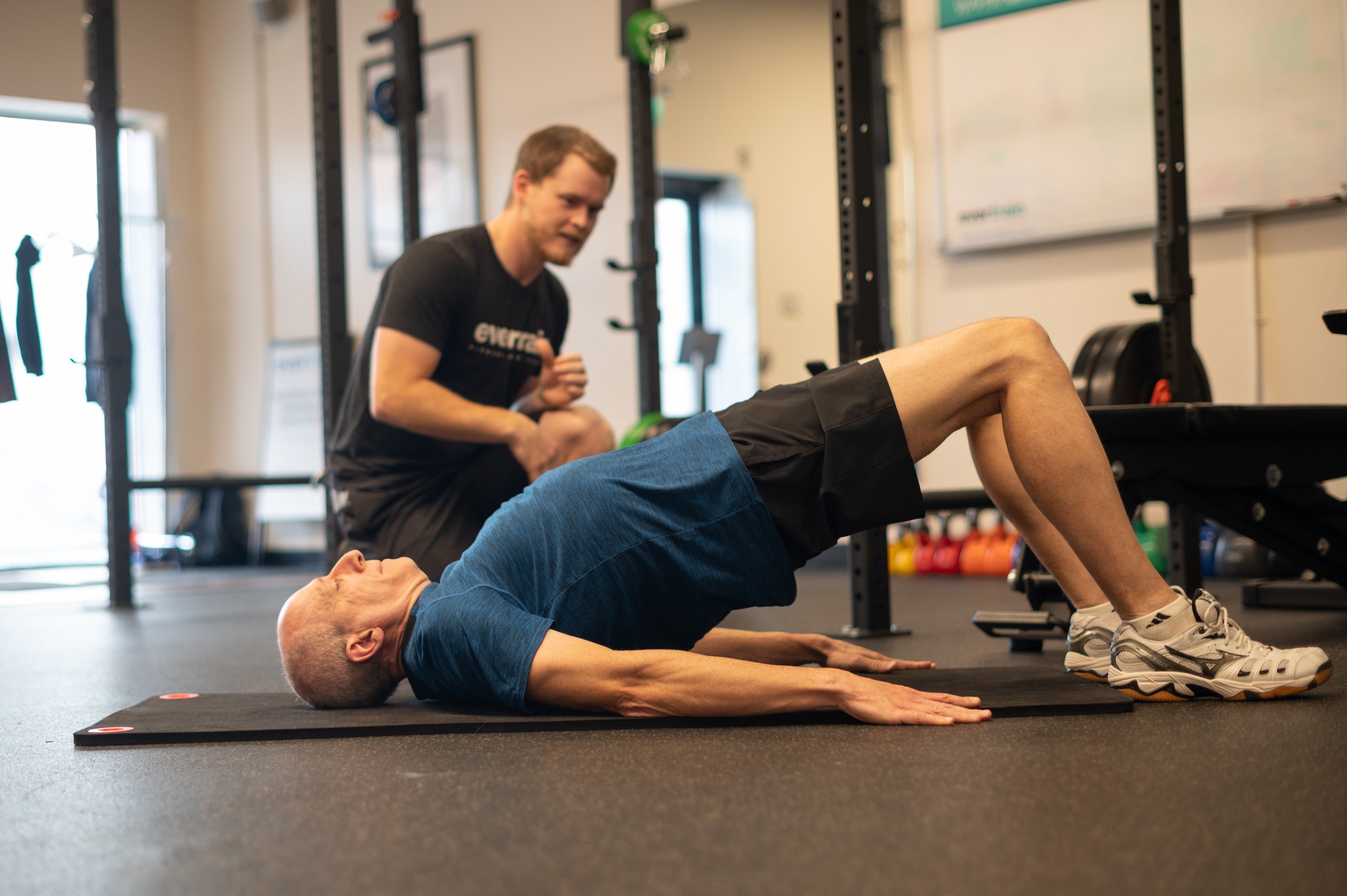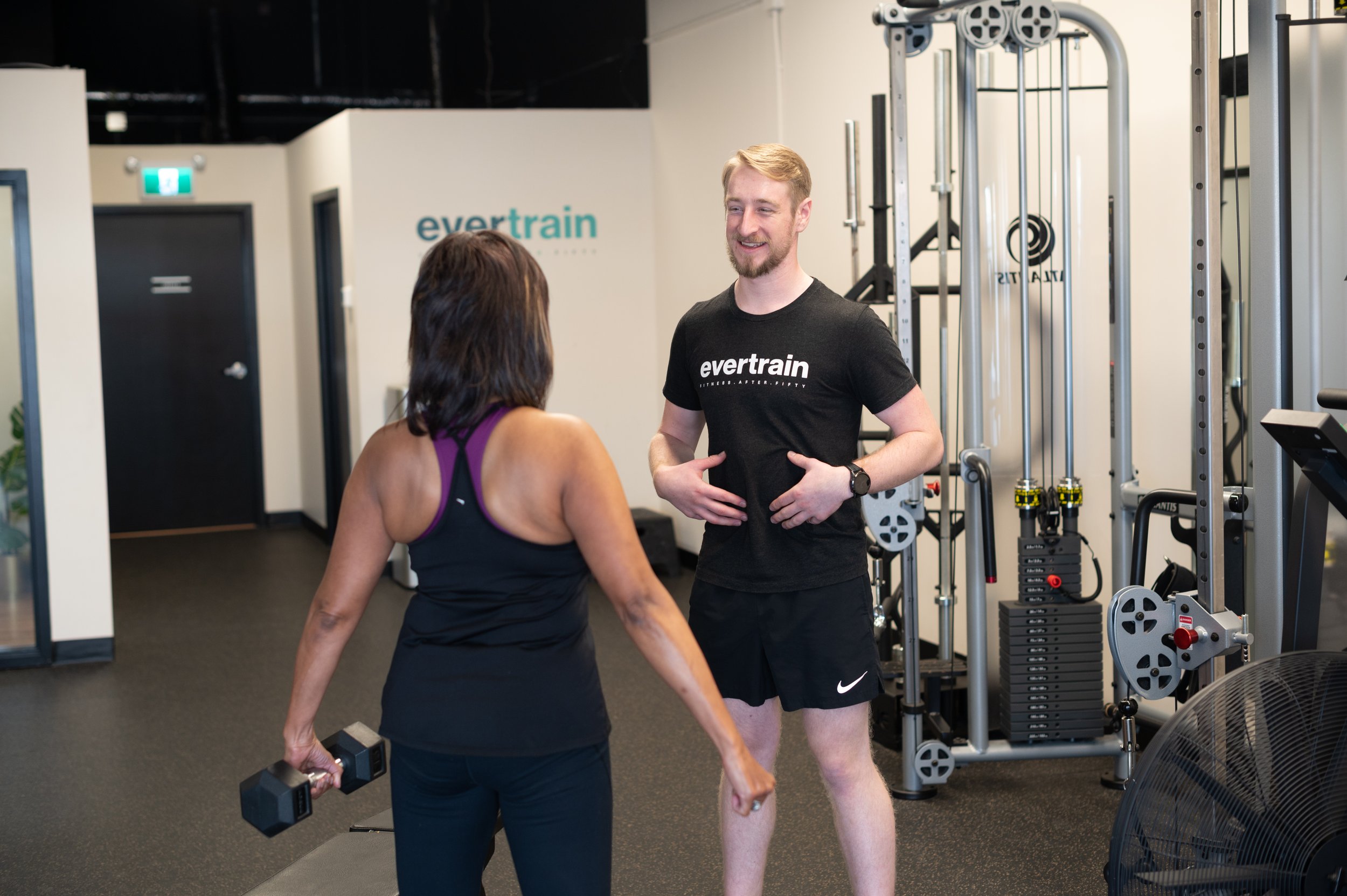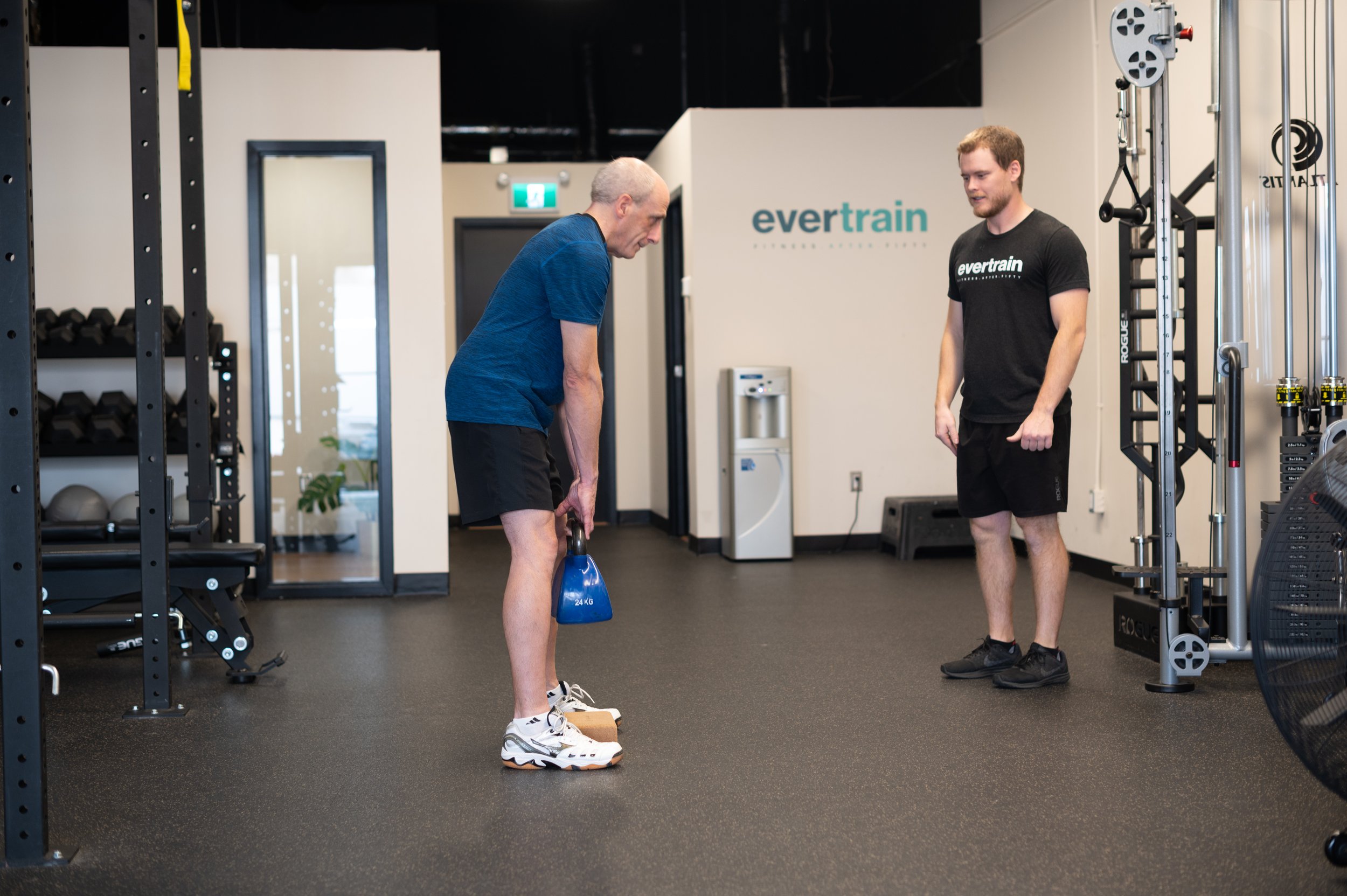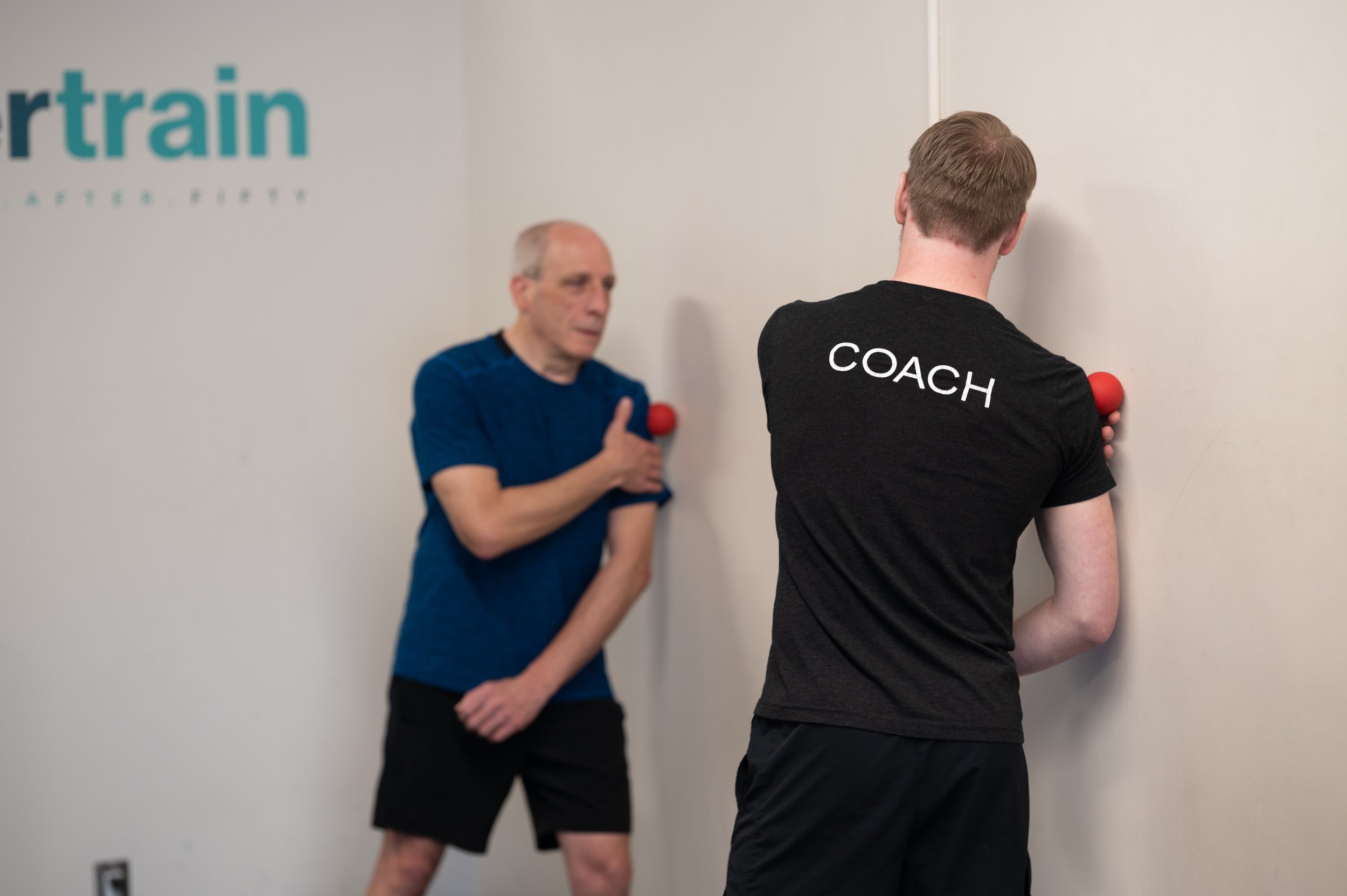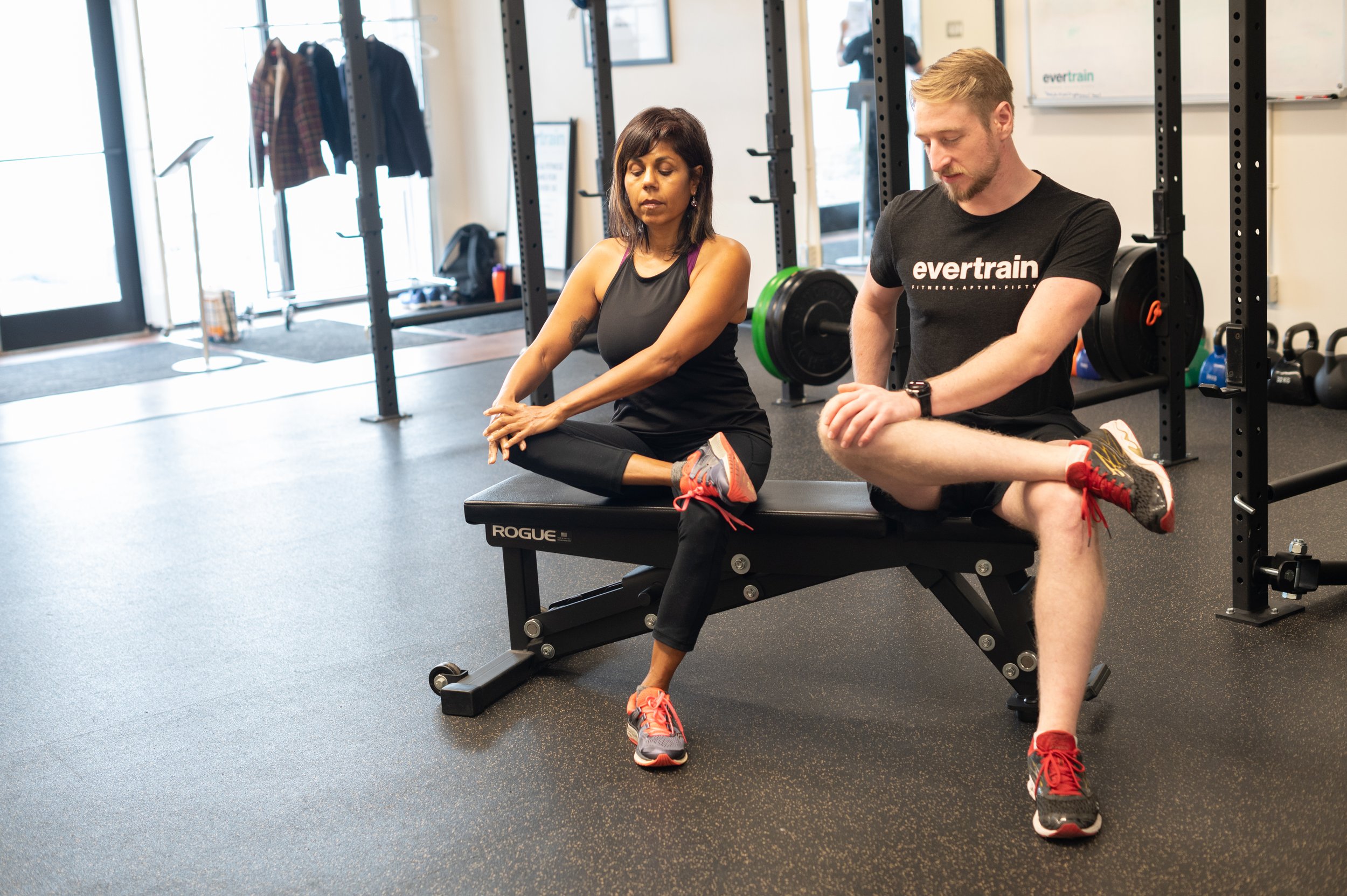~5 minute read
Our last post explained the 4 best practices for success with your fitness journey (as seen above).
Today, we’ll break down part one in a 4-part blog series to help you better understand these practices! 😎
The first step to achieving your fitness goals is training smart. 🧐
Training smart is about setting yourself up for success and training in a way that will prevent injuries all the while progressing you towards your primary goals.
Getting assessed is one of the best ways to ensure you are starting at the right place with your health and fitness.
This can be broken down into 3 main concepts;
Start where YOU are.
CORRECT musculoskeletal imbalances.
Do resistance training 3X per week.
Start where YOU are. 🏋🏼♀️
Starting where you are entails a few things. The first is having the proper mindset going into starting your fitness journey. Often times we want to rush ahead and skip the necessary steps that will get us from point A to point B. Rushing the process of getting into shape will more often than not lead us to the point of injury.
It’s important to start slow and gradually progress to a higher degree of difficulty along the way. This may be discouraging if you want to fast track results. But in the early stages, it’s prudent to build yourself up by creating a solid foundation from which to build off of. Just like building a house. 🏠
In addition, starting where you are points to the idea that you should follow a program that is personalized to you and your specific needs and goals.
For example, people often start off by finding an exercise routine on the internet or a program they may have tried in the past. Although this could be the right fit for you, odds are that unless you know exactly what to look for in a program, you may be starting one that isn’t well suited for you.
A program that may work for one, may bring a high risk of injury for another. At Evertrain we have some of our 50+ members following programs that NEVER include squats. While others, squat 2-3 times per week as a go-to exercise.
We have some clients who perform bench presses and push ups. Then others who never do any version of a press whatsoever. These examples demonstrate the contrast between one person’s program to the next.
The amount of time spent in the rehab zone depends on every individual. But no matter where you are in your journey we recommend you always spend at least a little bit of time on rehabilitating (aka taking care of) your body! 🙂
Correcting Musculoskeletal imbalances.
With a lack of training, these types of imbalances can occur because some muscles build up excess tension (like the neck, or hip flexors for example) and other muscles lack the strength to correct these imbalances (upper back, or glutes).
When we start a new workout routine, it’s important to focus more on “rehab style” exercises (foundational training) to help correct these imbalances. From there, we can gradually increase the intensity of our workouts towards a more performance based workout! 🤸♂️🏋️♀️
Finding the right mix of rehabilitation style training and performance style training can be a recipe for success. As you progress you can move gradually to more performance training and edge more closely to your ultimate health and fitness goals.
When starting out, we first need to figure out what movements are causing us pain and avoid doing them altogether. The fastest way to do this is to go through a movement assessment. Exercising should NOT be the cause of your pain. We also want to incorporate exercises that will reduce or remove the pain we experience during specific movements.
Once we have a list of movements we can and can’t do, we implement an exercise routine based around our imbalances to loosen up the muscles that are tight and strengthen the weak ones to allow our body to become increasingly more mobile, strong and healthy! 💯
The goal is to get out of the “rehab zone” and stay in the “performance zone”. However, if we skip over the rehab work, we’ll eventually be forced to do it due to injury. 🩹🤕
Resistance training 3x per week.
The most important factor in building a workout routine isn’t the duration or the intensity. It’s the frequency. Consistency is key. Once we establish a consistent weight training regimen we can focus on increasing the duration and intensity later.
In order to effectively fight the decline of bone density (osteoporosis) and muscle loss (sarcopenia) people over 50 should be aiming for 3 days weekly of weight training.
In our experience working with people over 50 for over a decade, we find that resistance training 3x per week is the biggest missed opportunity for this demographic.
Weight training has been shown to significantly help with:
weight loss
cardiovascular health
muscle mass
bone density
joint health
injury prevention
fall prevention
decreasing risk of disease
increasing longevity
increasing health span
improving recovery from injury
improving recovery time from surgery
mental health
cognitive health
and more
The impact of weight training is so big and so far reaching that we see it as a must-do best practice for the 50+ population.
Finally
80% of New Year’s Resolutions fail in the first 2 weeks. By following our best practices for people over 50, you can move yourself into the 20% that succeeds! 🏆
If you want to ensure success with your health and fitness endeavours, our coaches will help you to get back in shape and get rid of the aches and pains. Schedule a call with us today to learn more. 🙂👇
Thanks for reading!
Brandon - Online Personal Training Expert, Neuroscience and Mental Health graduate and Triathlete
